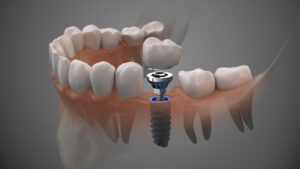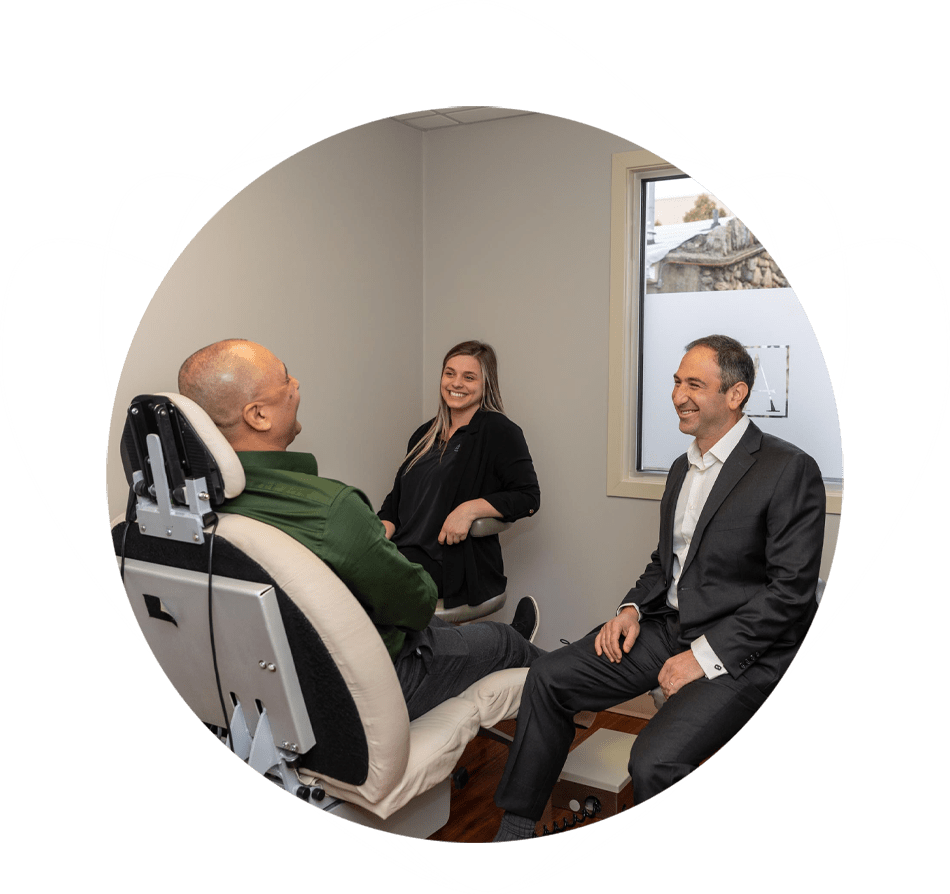An accurate diagnosis is an essential first step in treatment. Unfortunately, that’s not what many people get when they’re diagnosed with a [link id=’53171′ text=’headache’] or with [link id=’50273′ text=’TMJ’]. That’s according to an article recently published in the Journal of Oral Rehabilitation. Researchers have found that there’s too much overlap between headache and TMJ diagnostic and clinical criteria, leading to potential confusion that can impair treatment.
Similar Pathophysiology and Presentation
These researchers conducted a search to attempt to illuminate the relationship between the two conditions of headache and TMJ (or, as they describe it, myofascial TMD). They found that when they looked at the scholarly literature, the two conditions were not just related, they seemed to be overlapping in their clinical presentation and [link id=’50406′ text=’symptoms’].
These conditions shared some mechanisms in common, including: sensitization of the peripheral and central nerves, impairment of modulatory pain pathways, and referred pain. Sensitization is one of the newer explanations for the phenomenon of TMJ. Many people believe that TMJ might be primarily caused by our body becoming more sensitive to pain, interpreting non-pain signals as pain. This can occur either at the periphery (such as in your forehead or jaw) or at the center (your brain), but leading to the same net effect: a perception of pain where there might just be normal pressure. In a similar vein, impairment of modulatory pain pathways basically means that your body loses its ability to “turn down the volume” on pain. This causes minor discomfort to be felt as much more serious pain.
Referred pain is a complex phenomenon, also related to the way our body experiences and interprets pain. Your body doesn’t have a designated nerve for every part of your body–pain pathways are shared, and your brain has to interpret the pain signals to decide where they’re coming from. When your brain designates pain as coming from a region other than its actual origin, this is called “referred pain.”
Because of these close links, researchers think that the two pain conditions might not co-occur as often as we think. Instead, one pain condition is often being misdiagnosed as the other, preventing accurate treatment.
Getting Accurate Diagnosis and Treatment
Researchers suggest that in order to overcome this problem of misdiagnosis or overlapping diagnosis, doctors should take a team approach to diagnosis. They recommend a team that includes several TMD specialists and a neurologist with a focus on headaches to provide an accurate and definitive diagnosis. However, once a diagnosis is confirmed, they say that treatment may be managed separately by the appropriate expert.
For most of us, the take-home message of this study is clear: a diagnosis of headache or TMJ should not necessarily be taken at face value. The diagnosis can actually be for the wrong condition. If you’ve been diagnosed as having one condition, but treatments aren’t working or are only minimally effective, you have to consider the possibility that you actually have the other condition instead of or in addition to the one you’ve been diagnosed with.
If you’ve been diagnosed with any type of headache, including migraine, in Westchester County, but your treatments aren’t working, you should consider TMJ treatment. To learn whether TMJ is actually responsible for your headaches, please call (914) 526-2144 today for an appointment with a [link id=’53257′ text=’TMJ dentist’] at Advanced Dentistry of Mohegan Lake.





